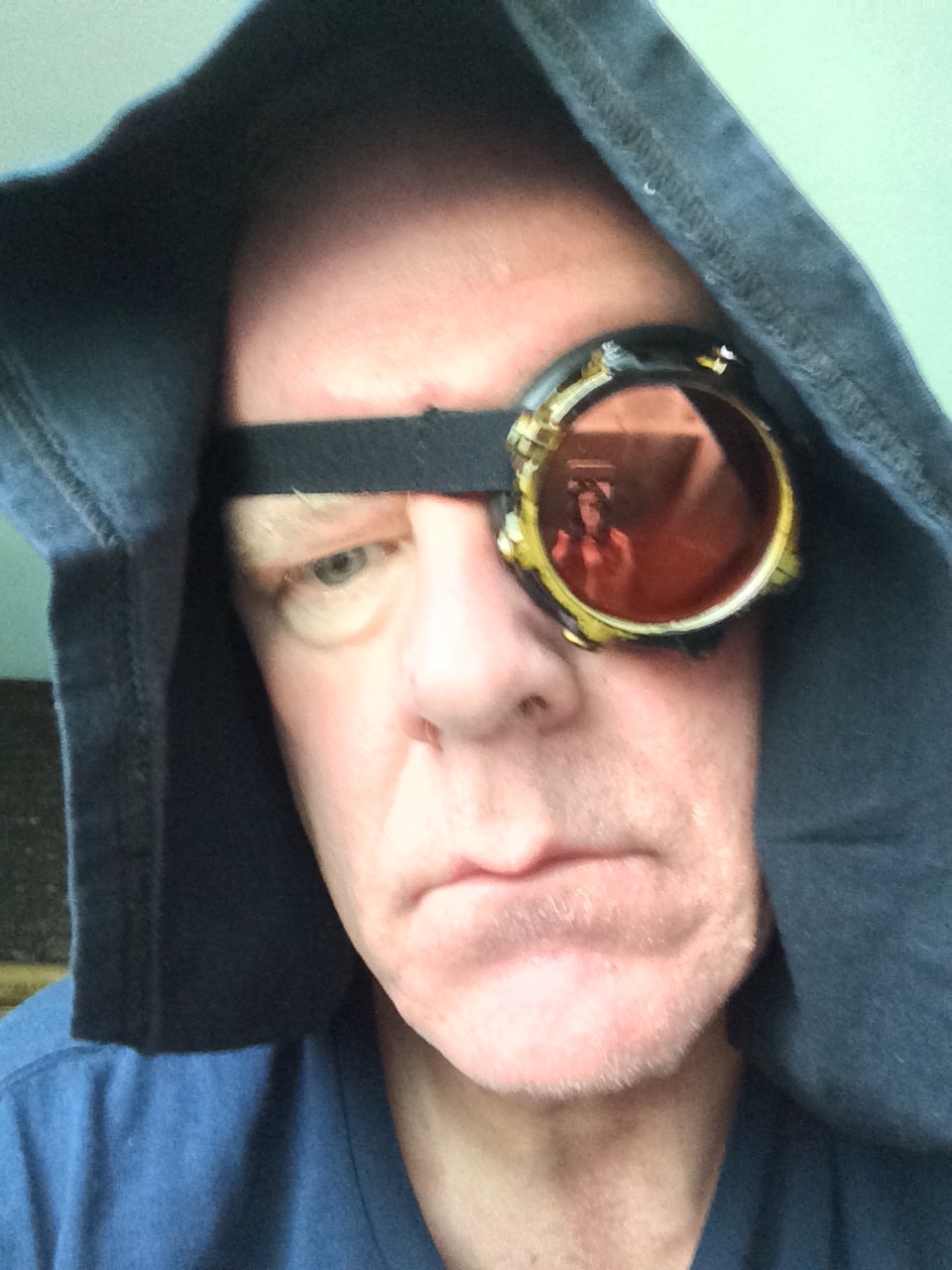Making an accessible Winnie-the-Pooh
Until the recent implementations of the Marrakesh treaty, accessible versions of ebooks could not be shared across national borders. However, this prohibition has not applied to books that are in the public domain or have open access licenses. Unfortunately, less than 5% of the OA ebooks at OAPEN are accessible to people with visual disabilities, and until recently, none of the public domain ebooks at Project Gutenberg satisfied basic accessibility standards.
While this is changing, one major accessibility hurdle remains for these books: useful alt-text for images. Generative AI, especially when combined with crowdsourced human intelligence (together, “Multiple Intelligence”) is a promising approach for accessibility mitigation of inaccessible open access and public domain ebooks.
Consider “Winnie-the-Pooh” by A. A. Milne. Published in 1926 and now belonging to us all, it has 113 illustrations, a cover and a map, many of these iconic. There are no alt-text image descriptions at all in the current Gutenberg version. To produce descriptions that harmonize with the lyrical text requires both empathy for the visually disabled and a playwright’s skill for prose. How do we entice the talent needed to tackle such a challenging work?
A first step is to make an alt-text editing interface usable by volunteer poets. We have been developing such an application, and have built the plumbing that can incorporate the created text into fully accessible ebooks. There is a role to play for AI in facilitating alt-text creation, but there is also a role for libraries to play in channeling volunteer energy into the vast problem of accessibility mitigation.
